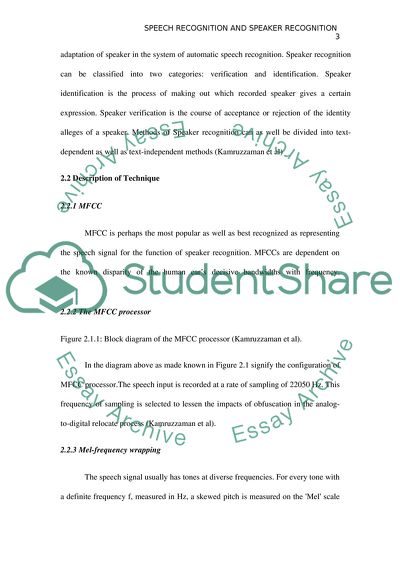Cite this document
(Speech Recognition and Speaker Recognition Coursework Example | Topics and Well Written Essays - 1500 words, n.d.)
Speech Recognition and Speaker Recognition Coursework Example | Topics and Well Written Essays - 1500 words. https://studentshare.org/technology/1875838-related-work
Speech Recognition and Speaker Recognition Coursework Example | Topics and Well Written Essays - 1500 words. https://studentshare.org/technology/1875838-related-work
(Speech Recognition and Speaker Recognition Coursework Example | Topics and Well Written Essays - 1500 Words)
Speech Recognition and Speaker Recognition Coursework Example | Topics and Well Written Essays - 1500 Words. https://studentshare.org/technology/1875838-related-work.
Speech Recognition and Speaker Recognition Coursework Example | Topics and Well Written Essays - 1500 Words. https://studentshare.org/technology/1875838-related-work.
“Speech Recognition and Speaker Recognition Coursework Example | Topics and Well Written Essays - 1500 Words”. https://studentshare.org/technology/1875838-related-work.


